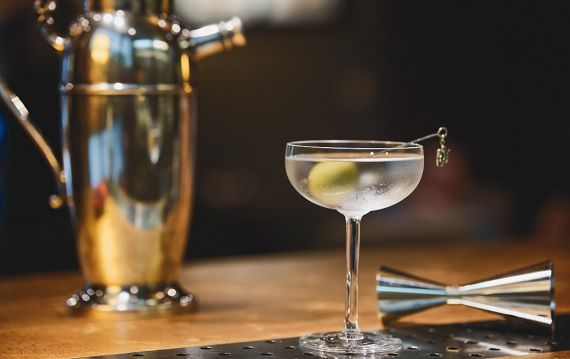______________________________________________
THE STRATOSPHERIC RISE OF VERMOUTH, and especially craft vermouth, continues, and you know something is a trend when Diageo finally gets in on the act. Earlier this year, the German vermouth Belsazar, barely five years old, became the first brand to ‘graduate’ from the Distill Ventures incubator to fully-fledged Diageo ownership and a coveted spot in the Reserve portfolio. Vermouth is getting so popular that it is sparking interest in adjacent categories such as quinquinas (whose significant botanical is the quinine-rich cinchona bark instead of vermouth’s wormwood), americanos (where it’s gentian instead of wormwood) and barolo chinato (which is a botanical-infused wine that includes cinchona bark, but unlike vermouth is not fortified with a distillate). Let’s take a look.
On the traditional side of things, one of the most significant developments in the past year or so was the foundation of the Istituto del Vermouth di Torino (The Turin Vermouth Institute), spearheaded by Roberto Bava, whose company produces the Cocchi vermouth brand. Dozens of brands whose production methods qualify – broadly, made in Italy’s Piedmont region with at least one Italian wine, a predominant flavour of wormwood, the use of wormwood grown in Piedmont, and an abv between 16-22% – have joined the institute.
Results have been quick. Bava, who clearly possesses impressive diplomatic skills, got a Geographical Indication for Turin vermouth passed into law just six weeks after it was proposed. As we have seen with whisky and rum, having a clear framework with legal backing leads to a clear playing field, better consumer understanding and ultimately higher sales. In fact, lets take the longer view. We now have an American Single Malt Whisky Commission as well as a Scotch Malt Whisky Society. How long until we have vermouth institutes in other traditional countries such as France and Spain, or in the US or Australia? Or the UK?
One link between new and old is the latest brand to market, Cucielo, launched at Bar Convent Berlin only a few weeks ago. The brainchild of Scotsman Andy Holmes, MD of Artisan Spirits and its brand-owning sister company 1879 Brand Ventures, Cucielo (‘cuckoo’) comprises a bianco and rosso, both made at a Turin Vermouth Institute member and according to the rules, hence the brand is eligible for membership itself.
According to Holmes, who used to live in Milan and speaks Italian: “The inspiration for the brand name and Cucielo pack design originated from the migrating cuckoo, which travels thousands of miles each year, from the warmth of West Africa, north to spend the summer in Scotland. Returning home, the cuckoo flies the length of Italy, taking in the aromas of the Mediterranean, before arriving back into the Congo basin.” More importantly, says Holmes when the topic of the institute comes up: “With a long professional background [that has seen me work in] scotch, cognac and rum, I’ve seen the real benefits (and not) when brands work together to protect a designation.”




